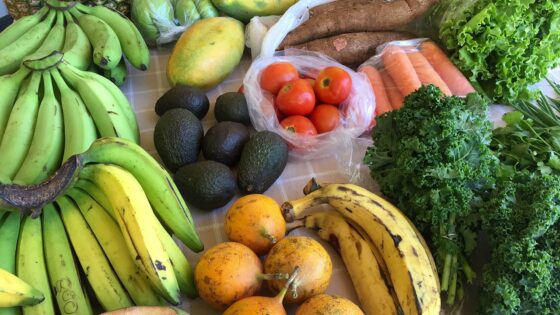carcinoma in situ
A group of abnormal cells that remain in the place where they first formed. They have not spread. These abnormal cells may become cancer and spread into nearby normal tissue. Also called stage 0 disease.
carcinoma of unknown primary
A case in which cancer cells are found in the body, but the place where the cells first started growing (the origin or primary site) cannot be determined. Also called cancer of unknown primary origin and CUP.
carcinomatosis
A condition in which cancer is spread widely throughout the body, or, in some cases, to a relatively large region of the body. Also called carcinosis.
carcinomatous lymphangitis
A condition in which cancer cells spread from the original (primary) tumor and invade lymph vessels (thin tubes that carry lymph and white blood cells through the body’s lymph system). The invaded lymph vessels then fill up with cancer cells and become blocked. Although carcinomatous lymphangitis can occur anywhere in the body, it commonly happens in the lungs. It can happen in many types of cancer but is most common in breast, lung, colon, stomach, pancreatic, and prostate cancer. Also called lymphangitic carcinomatosis.
carcinomatous meningitis
A serious problem that may occur in cancer in which cancer cells spread from the original (primary) tumor to the meninges (thin layers of tissue that cover and protect the brain and spinal cord). It can happen in many types of cancer, but is the most common in melanoma, breast, lung, and gastrointestinal cancer. The cancer may cause the meninges to be inflamed. Also called leptomeningeal carcinoma, leptomeningeal carcinomatosis, leptomeningeal metastasis, meningeal carcinomatosis, meningeal metastasis, and neoplastic meningitis.
carcinosarcoma
A malignant tumor that is a mixture of carcinoma (cancer of epithelial tissue, which is skin and tissue that lines or covers the internal organs) and sarcoma (cancer of connective tissue, such as bone, cartilage, and fat).
carcinosis
A condition in which cancer is spread widely throughout the body, or, in some cases, to a relatively large region of the body. Also called carcinomatosis.
cardia
The part of the stomach that is closest to the esophagus. Food and liquids pass through the cardia to enter the stomach from the esophagus. A valve near the cardia helps keep stomach contents from backing up into the esophagus.













